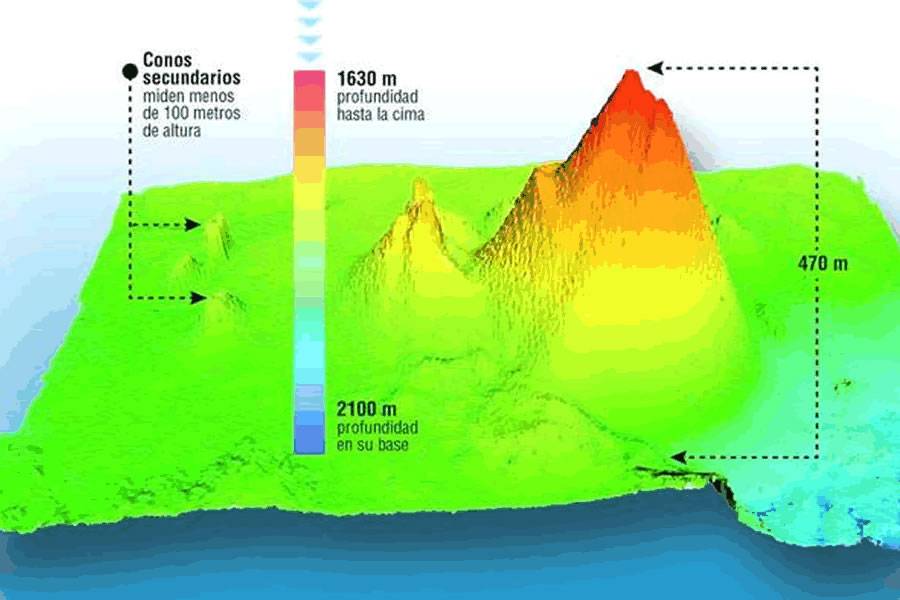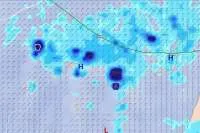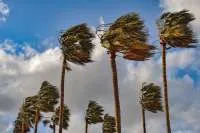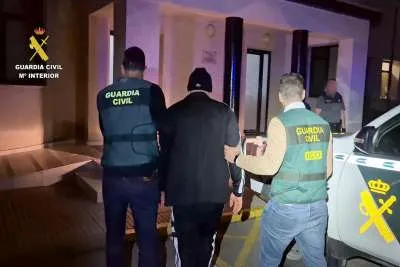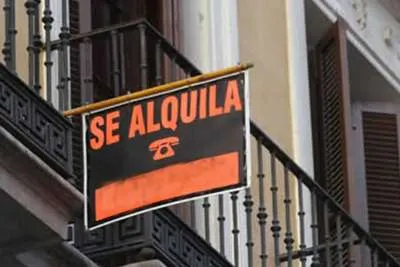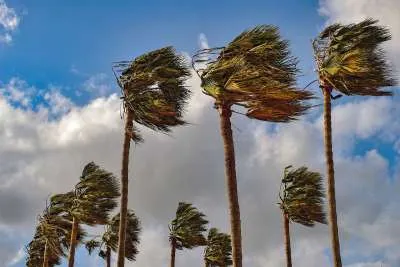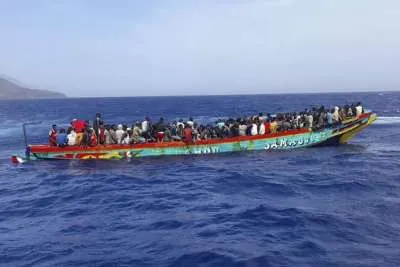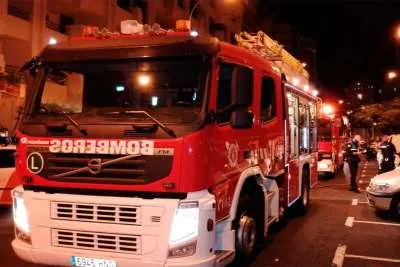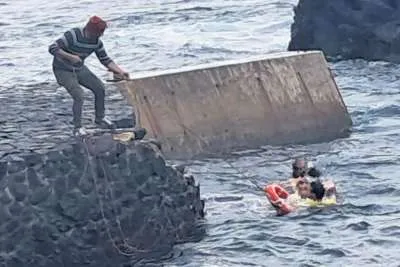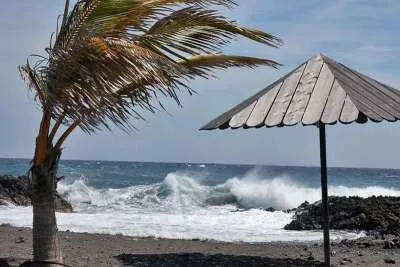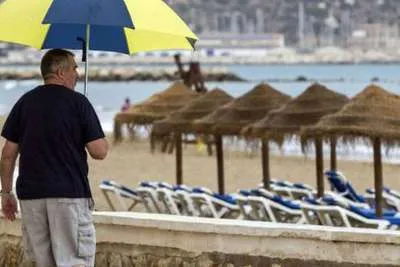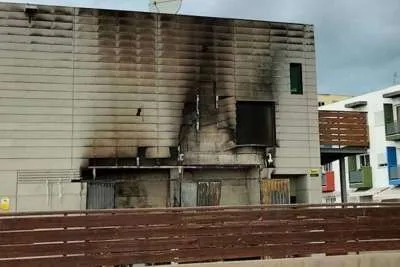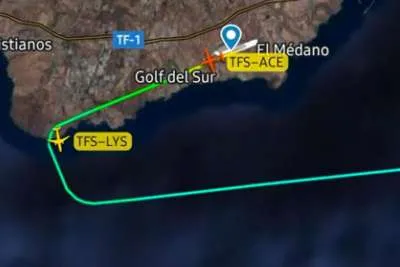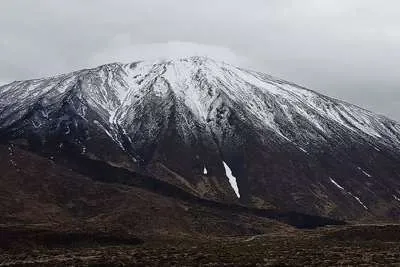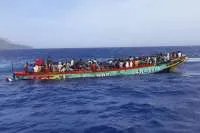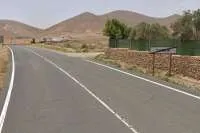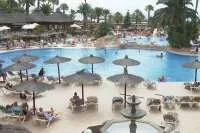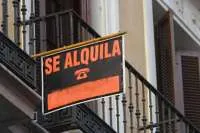Profile of the Enmedio volcano between Tenerife and Gran Canaria is seen for first time
- 03-04-2022
- National
- Canarian Weekly
Researchers of the Underwater Canary Volcanology project (VULCANA), have released the first ever 3D computer generated models of the Enmedio volcano, an underwater crater located between Tenerife and Gran Canaria in an area that registers some seismic activity.
In their last scientific campaign aboard the 'Ángeles Alvariño' research vessel, a new bathymetry study of the ocean floor was carried out to learn the morphology of the volcano in more detail and reproduce it in maximum resolution in three dimensions.
In this latest expedition, carried out between February 14th and March 3rd led by Eugenio Fraile, researchers had new instruments at their disposal capable of measuring and sampling at depths of 2,100 metres, where the base of a 470-metre high underwater mountain is located, whose peak is 1,630 meters from the sea’s surface.
“It is a typical volcano, the one that a child would draw; a very triangular mountain. Its crater is split, with landslides on the north and south slopes. In addition, it has a terrace on its west side that is 1,900 metres deep and two secondary cones 500 metres to the southwest of the main structure", explains Fraile about the appearance of the volcano defined with precision thanks to the new multibeam probe of the 'Ángeles Alvariño', which has increased the resolution of the 3D digital model of the volcano, with pixels that represent 15x15 metre grids.
In addition, during this expedition samples have been taken from depths never reached before. “We have finally had instruments that can go down to 2,100 metres and it has been possible to measure it with physical-chemical instrumentation,” said Fraile, who highlights that the main problem presented by the study of the Enmedio volcano is having tools and sensors capable of withstanding the pressure produced by the water above.
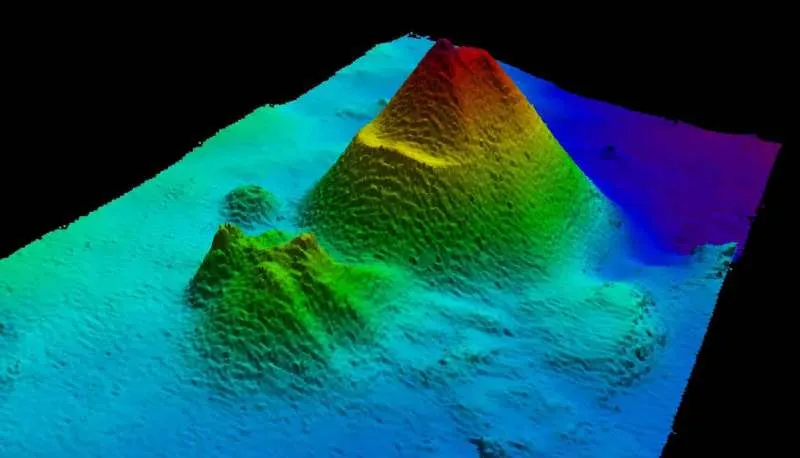
The interest in measuring these parameters at the base of the volcano is to find out "if it has any type of hydrothermal activity". A process of which they have found signs that will be verified in the scientific campaigns planned for 2023.
“We have found temperature anomalies in the vicinity of the volcano of up to 0.6 degrees Celsius, which is a clear indication that it may have hydrothermal activity. It must be corroborated with the chemical analysis of the samples to identify the content of nutrients, heavy metals and carbon dioxide that it could be emitting", says Fraile who clarifies that the fact of maintaining certain hydrothermal activity does not mean that the volcano is active.
“It is a normal process that occurs in volcanoes. In Lanzarote, Timanfaya is still undergoing a degassing process and the underwater volcano Tagoro, in El Hierro, continues to emit gases and heat. The volcano of La Palma could be degassing for decades”, clarifies the principal investigator of Vulcana, a multidisciplinary project that has carried out 30 oceanographic campaigns in the last ten years.
The challenge of the next Vulcana campaign, regarding the Enmedio volcano, will be to explore the upper part of the crater with the Liropus 2000 unmanned underwater vehicle. “For the first time, we will be able to show society images of the volcano. It will be a milestone,” he said
In addition, much remains to be discovered about Enmedio, such as its geological age. “It is difficult to determine from geophysical data. Possibly it is from the Quaternary, from the last two million years”, maintains the geologist Juan Tomás Vázquez, who awaits the results of the analysis of some rocks taken five years ago to date this structure that could have been built in several eruptions.


